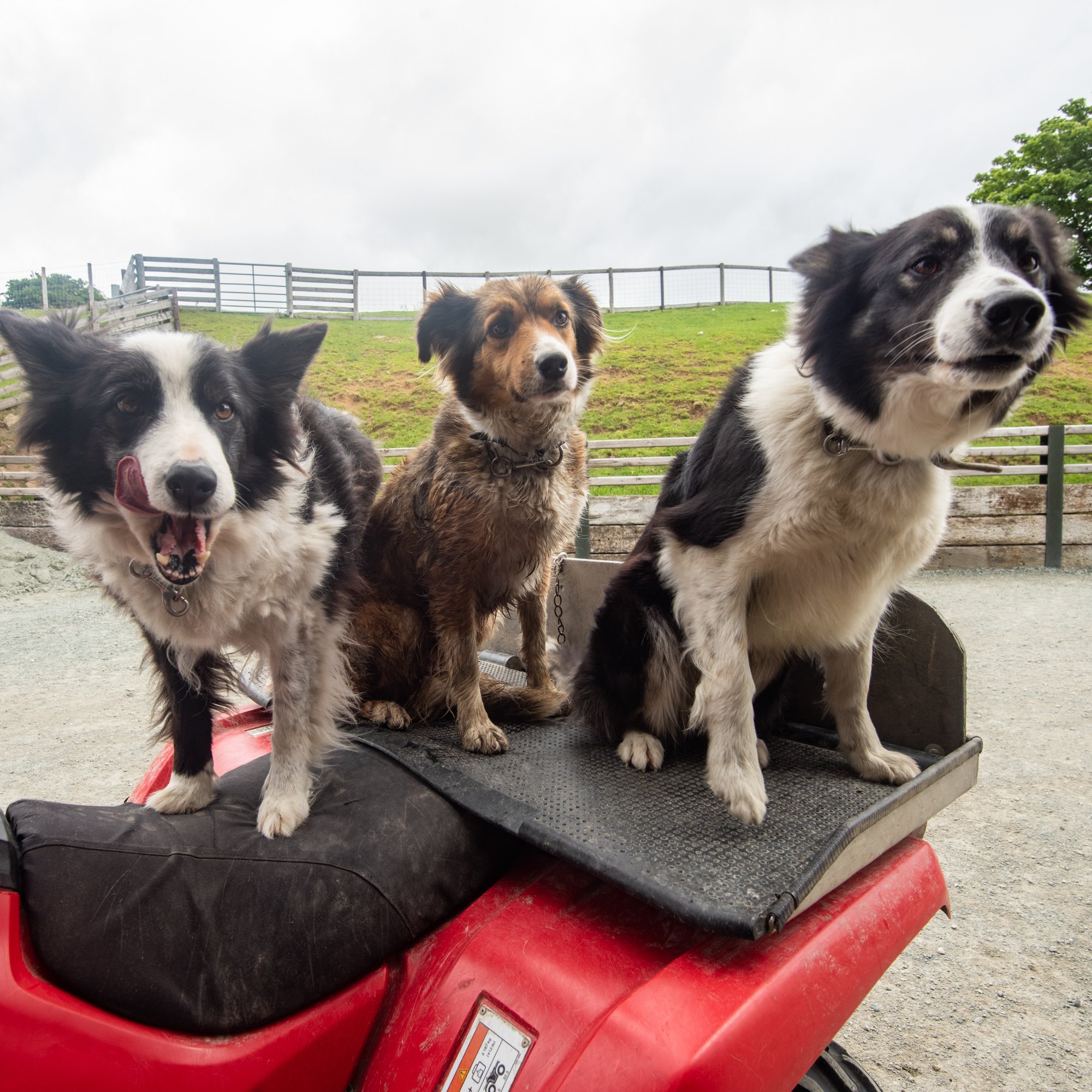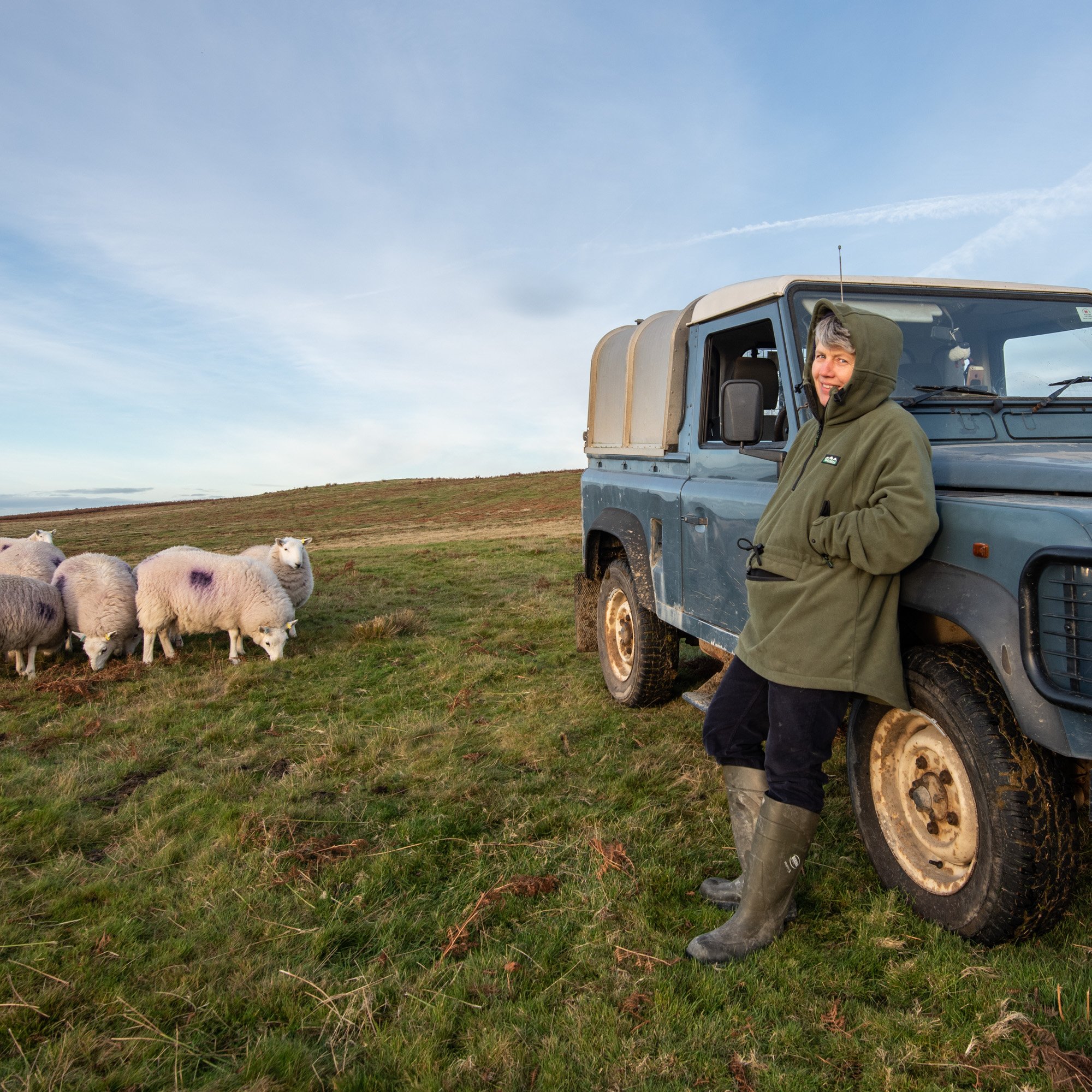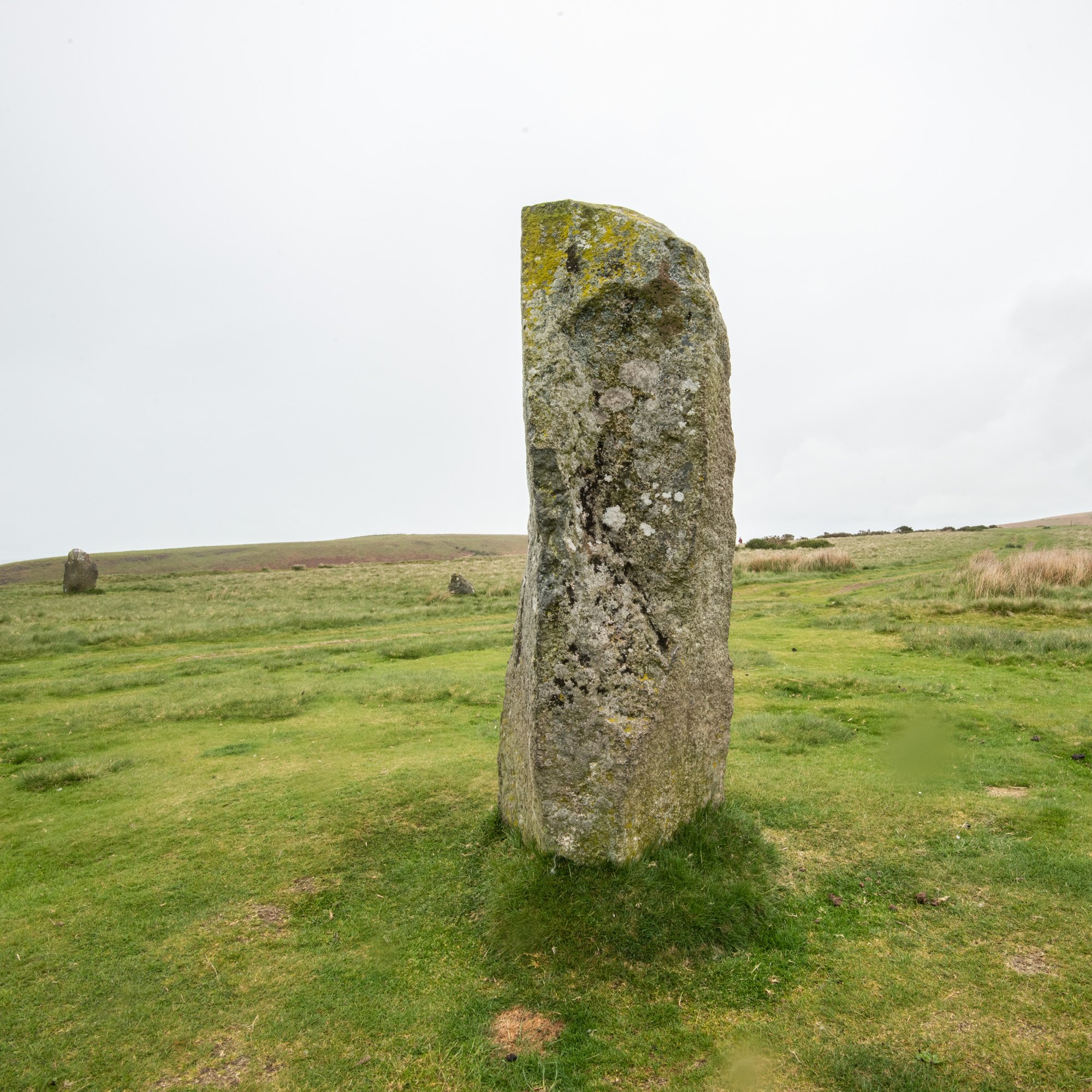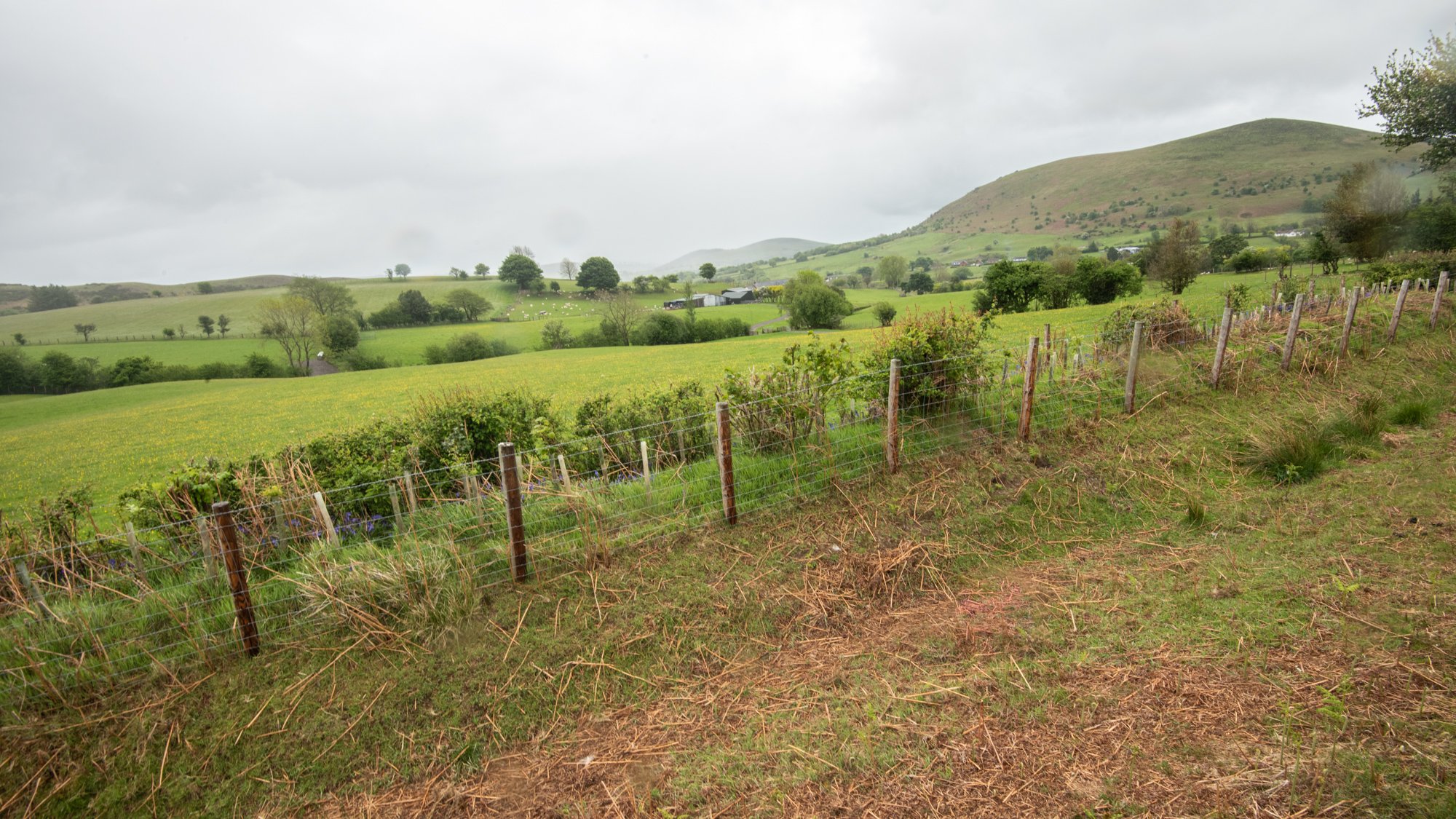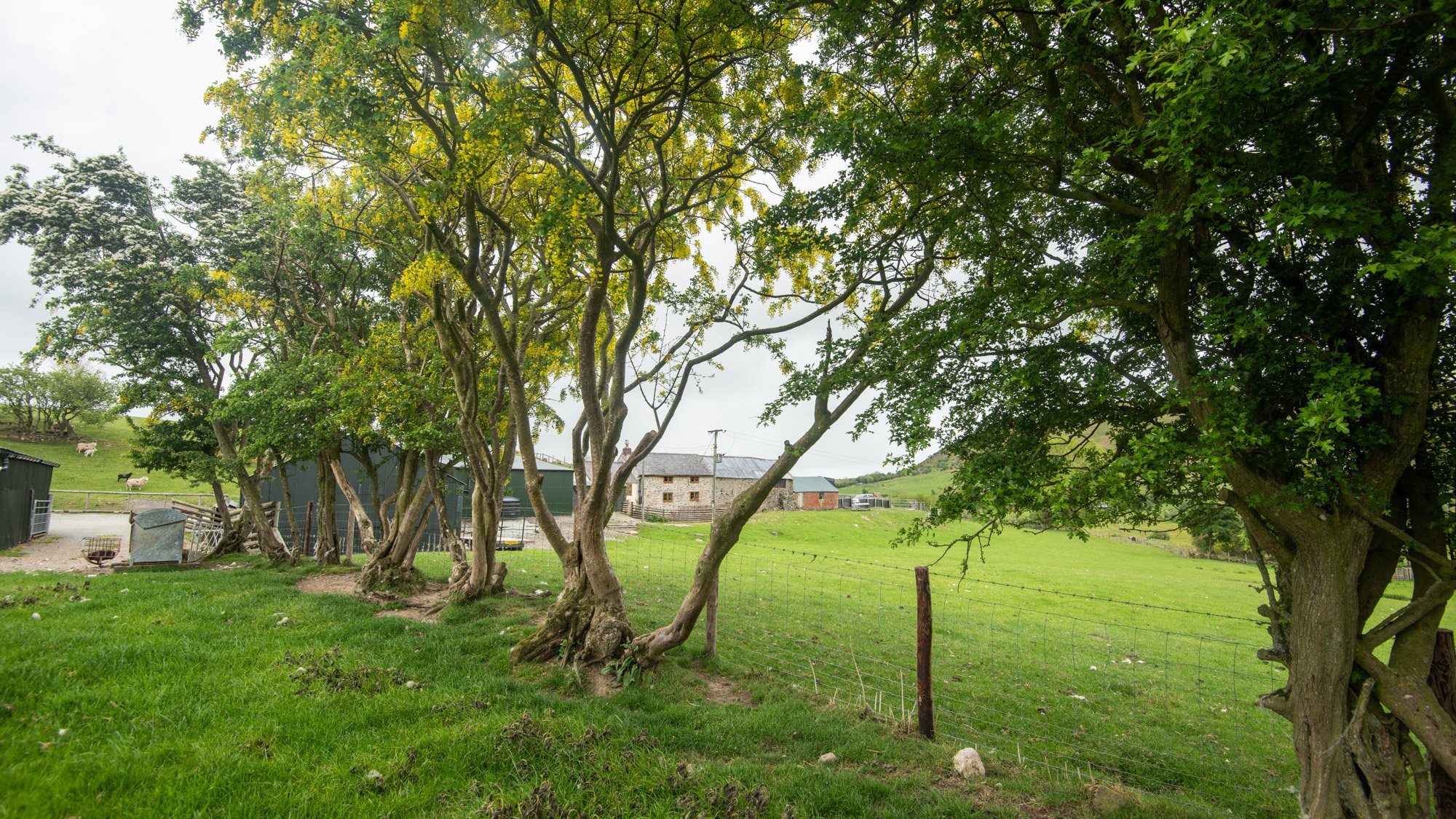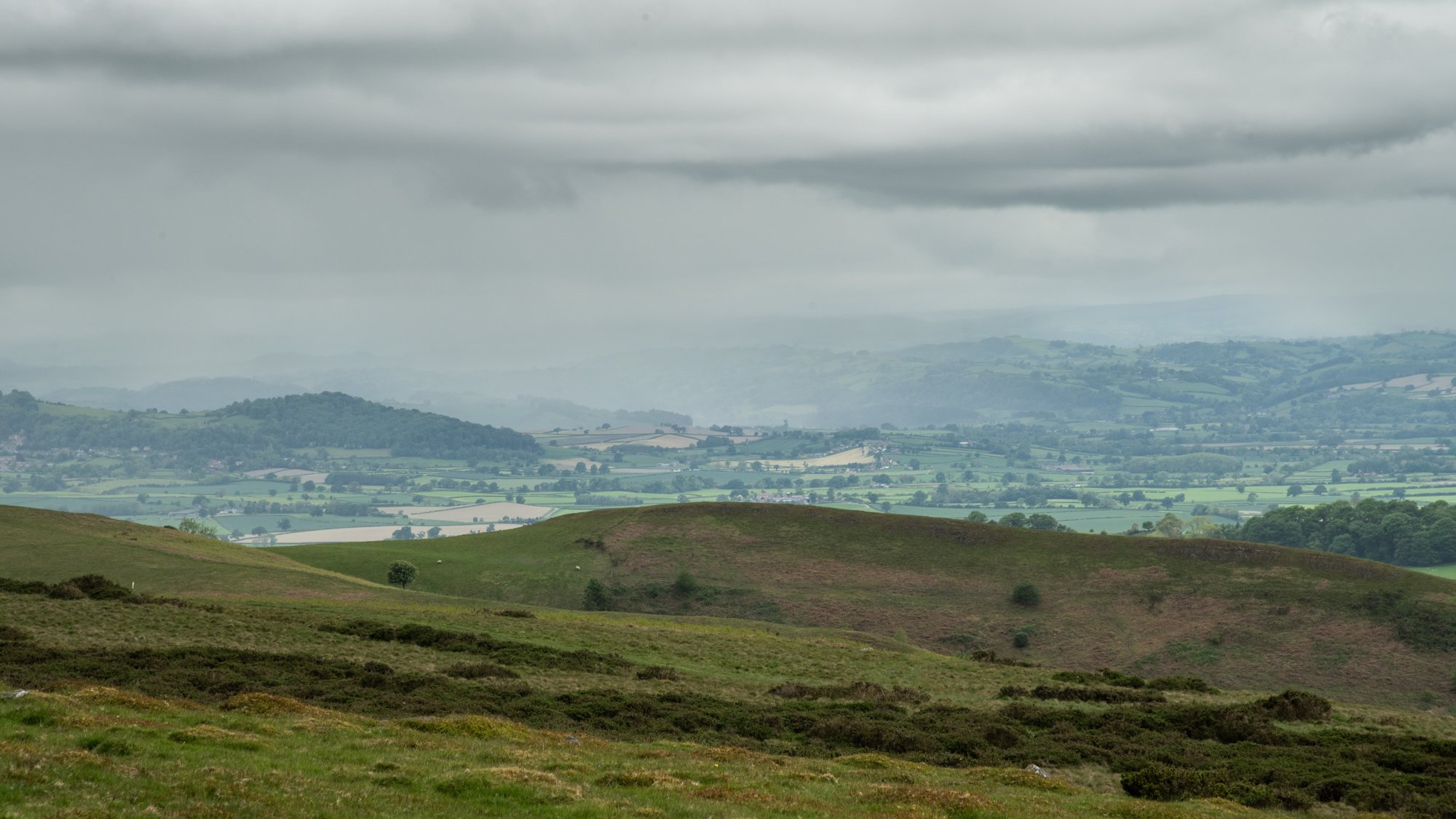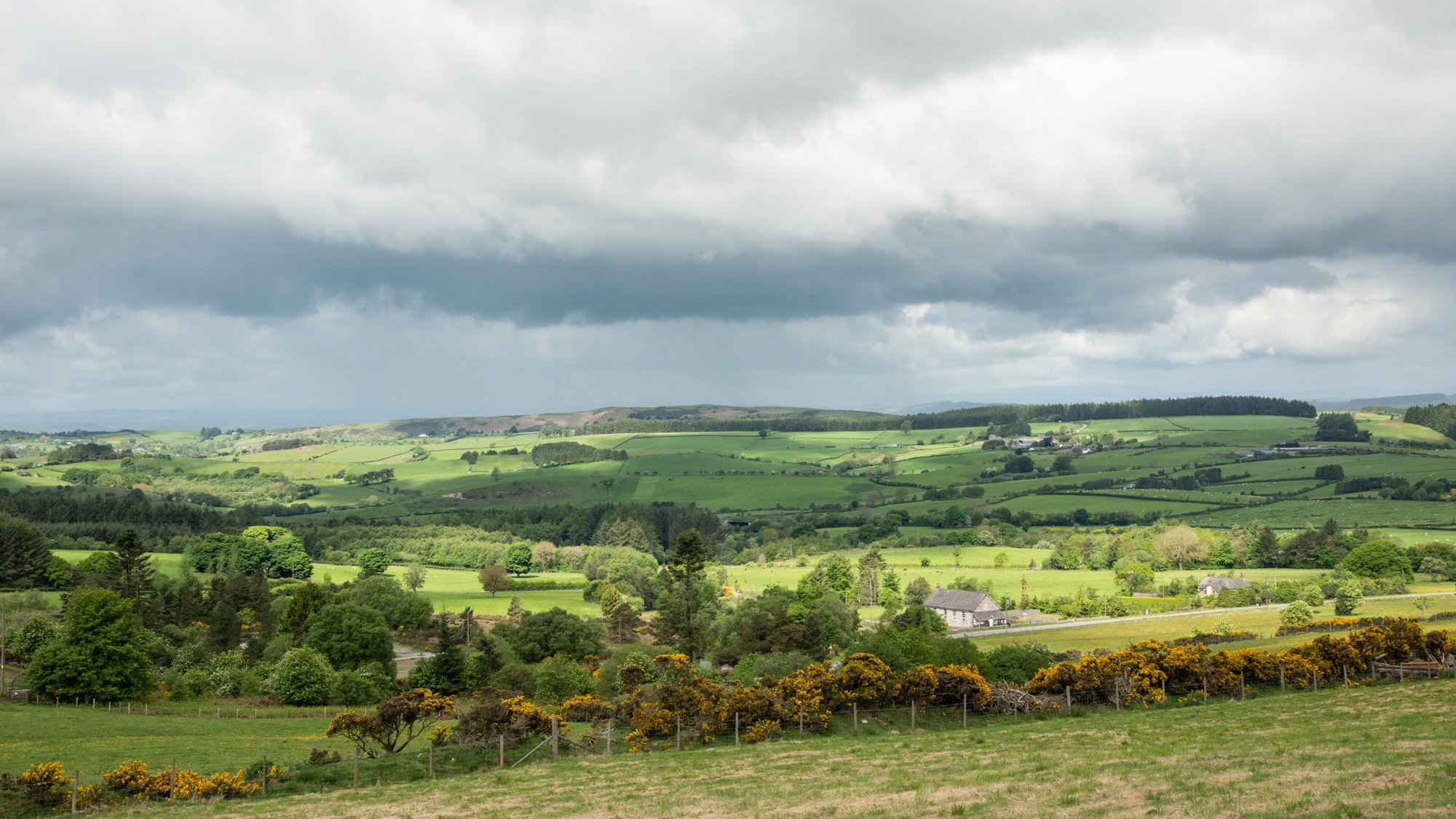Tess Hallet : Commoner, Shropshire Hills
Tess Hallett
Upper Stapeley Farm, Stapeley, Shropshire HIlls
Tess grazes a flock of hardy Welsh Ewes on Stapeley Hill Common, which rises to a height of 1400 feet above sea level. In her care of the landscape on and around her farm, she is also working hard to increase the extent of hedgerows.
“I feel very privileged to be part of the common - it’s a special place, and it needs looking after. I like to think that doing what I do, I help to look after it for the next generation.”
Tess Hallett grew up on a smallholding on the Long Mountain, above Welshpool. She’s been involved in farming all her life. In 2015, she took on her own farm, which sits up against Stapeley Hill on the western edge of the Shropshire Hills, on the border between England and Wales.
Tess combines her work on the farm with a part time job, making visits to beef and sheep farms for Welsh Beef and Sheep farm assured visits, which certifies farm and food assurance schemes. ‘It works really well for me,’ she says. ‘It’s flexible and I can fit it around the farm.’
She has around 35 acres of inside land, and she has grazing rights on Stapeley Common, which stretches for around 400 acres. It’s a small common and has a very homely feel to it. ‘There are just three active graziers, so it’s quite manageable,’ says Tess. She and another farmer keep sheep, while the third has cattle. The two flocks of sheep have well established hefts and don’t tend to mix very often. Unlike on commons where several farmers work together to gather the sheep into the farmyards, on Stapeley Hill, each farmer gathers their sheep in on their own.
Tess cares for Welsh Ewes, and through careful matching of ewes and tups aims to breed a flock of hardy sheep that will fare well on the common, which rises to a height of 1400 feet above sea level. ‘It's a balance, because you want to keep the toughness but you want a bit of size as well.’ Tess doesn’t want the sheep to get too nesh, by which she means soft: her dialect reflects a blend of Welsh and English, just as her grazing land spans both countries, with fields in both Powys and Shropshire.
These country borders are relatively recent, but there are signs of more ancient history on the hill. Mitchell’s Fold, a Bronze Age stone circle, is a draw for visitors. It’s also a favourite spot for Tess who can walk to it from her house within minutes. ‘If you're up on Mitchell's Fold, and you look down and across towards Welshpool you can see where I was brought up. It's the other side of the valley. Sometimes I go on the hill and just stop the bike, and gaze, and dream.’ She takes a lot of pleasure from the beauty of this area, and loves seeing curlews, lapwings, kites, hares and other wildlife who call the common their home.
For Tess, breeding a good strong flock of sheep is a driving force, but it’s twinned with living where she does, and being connected to the common. ‘I feel very privileged to be part of the common - it's a special place, and it needs looking after. I like to think that doing what I do, I help to look after it for the next generation.’


